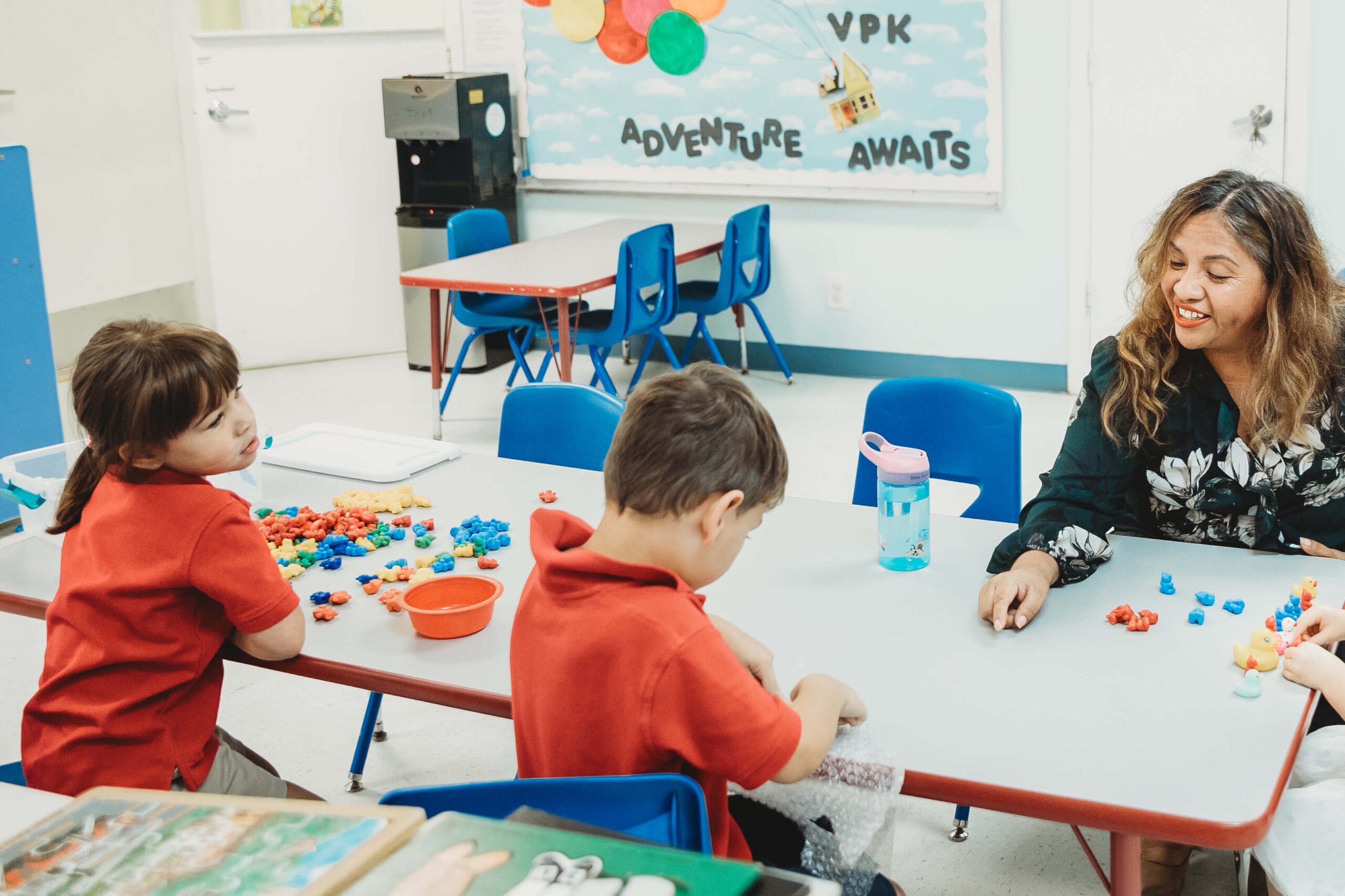When your children are around the age of five, they’ll have the discipline and motor skills to start participating in organized tasks. For that reason, it’s the perfect moment to start considering signing them up for extracurricular activities, be it outside school or at daycares in Lake Worth, FL.
Participating in these kinds of activities can benefit your child’s health in more ways than one. To help you help them make the most out of their infancy, we’ll cover some of them.

What Are Extracurricular Activities?
There is no widely accepted professional definition of extracurricular activities.
According to UNESCO, extracurricular activities, also known as ECAs, are a variety of events planned outside of the regular school day, curriculum, or course to pursue students’ interests.
Many schools and community organizations give kids numerous chances to participate in after-school programs, sports, and interest groups because they believe these activities help develop soft skills like resilience and self-worth and help them become engaged community members.
ECAs can be broad and include a variety of extracurricular activities that are available beyond the required curriculum, including:
- Individual and team sports
- Clubs based on cultural backgrounds or interests
- Visual arts
- Performing arts
- Martial arts
Exploring the Benefits of Extracurricular Activities
Because there’s no unique definition of what ECAs entail, there’s not much research on its specific benefits to children. However, among the fragmented studies, the one agreement seems to be that extracurricular involvement can help school-age children in the following ways:
Physical Development Benefits
Oftentimes, ECAs help children engage in physical activities, fostering their development and encouraging a healthy, active lifestyle. Activities like team sports or dancing teach children coordination, motor skills, and body awareness. Over time, this can increase their flexibility, agility, and endurance.
More importantly, fostering physical fitness from an early age can discourage sedentary behavior, a big problem for today’s children, and support a healthier lifestyle.
Cognitive Development Benefits
Participation in extracurricular activities also positively impacts children’s cognitive development. Tasks like solving a puzzle, making art, or taking part in a debate offer opportunities for decision-making, critical thinking, and problem-solving.
Through them, children can improve their cognitive abilities while learning to think creatively and use their imagination.
Social Development Benefits
One of the bigger benefits of extracurricular activities is that they offer an ideal environment for social development.
Children who participate in group activities develop their ability to collaborate and work as a team as they learn to work toward a common objective. They hone their interpersonal and communication skills by engaging with peers with similar interests.
Additionally, these activities give them the chance to meet new people, broaden their social network, and foster enduring bonds. These interactions and encouragement from their peers can help children grow confident and feel self-assured.
Emotional Development Benefits
Besides the positive result of social interactions, ECAs can positively impact children’s emotional well-being. These activities allow kids to express their feelings healthily and productively, like painting, playing an instrument, or performing on stage.
This creative outlet can help release pent-up emotions and reduce stress and anxiety. Children who participate in extracurricular activities also gain coping mechanisms and resilience, which empowers them to face obstacles and failures head-on.
Character Development Benefits
Extracurricular activities often help children develop character and independence by encouraging discipline. Kids who participate in clubs actively learn time management skills, balancing school with their club’s commitments.
ECAs also foster perseverance, teaching children to keep on trying even when the results aren’t as expected. Children who participate in leadership roles or show initiative during group projects can also grow in their empathy, responsibility, and decision-making capacity.
Career and Future Benefits
The benefits of extracurricular activities can go well beyond infancy, even influencing children’s future career paths. ECAs give children an opportunity to explore their interests, passions, and talents, discovering hidden talents early on and developing skills that may be crucial for their desired career paths—like decision-making, problem-solving, and collaboration.
Even future college applications can benefit from involvement in noteworthy extracurricular activities, which show a well-rounded personality and a dedication to personal development.

Finding the Right Extracurricular Activity for Your Kid: Our Tips
As you can see, extracurricular activities are crucial to a child’s development. However, choosing the best options for your child can be difficult and stressful because there are so many options.
To help you, here are some tips for picking the right ECAs for your kid:
Understand Their Interests and Strengths
When selecting extracurricular activities for their kids, parents often make the mistake of forcing their interests on them. Instead of pressuring them to engage in activities that are popular or traditional or ones that you enjoy, concentrate on their strengths and interests. After all, they won’t be committed to something they do not like.
If they seem unsure about their preferences, too, you can enroll them in various classes so that they can experience different activities. By exposing them to different environments, you can work together to find one they’re passionate about and comfortable in.
Balance School and After-School Life
When choosing extracurriculars, don’t overwhelm your child’s (and your) schedule. Make sure you and your partner have the time to drive them to and from activities and that you can handle the added tasks beforehand. If not, you could end up asking them to drop their ECAs once they’re involved and committed to them.
Pay attention to their state and ensure that they’re not overwhelmed with their activities, too. Sometimes, a preschool with an all-inclusive curriculum that encompasses ECAs can be the best course of action for families.
Involving Your Child in the Decision-Making Process
Your child must be included in the entire selection process. Even though very young children might not benefit from this, your grade-schooler will value that you include them in the choice of activities.
Encourage honest conversations with your child and reassure them that their viewpoint is valued.

Foster Your Children’s Growth with Engaging Daycares in Lake Worth, FL
Extracurricular activities are more than a way to keep your children engaged while you rest: They’re a source of knowledge, mental and physical stimuli, and long-lasting friendships. As children age, their chances of joining clubs and student organizations will increase. It’s important to support them as parents to help them make the most of them.
Be it by driving them back and forth or simply giving moral encouragement, your attitude can help a lot in allowing them to enjoy all the benefits of extracurricular activities. If you’d like to learn more about all that we have to offer your children here at Neighborhood Kids, reach out!


















